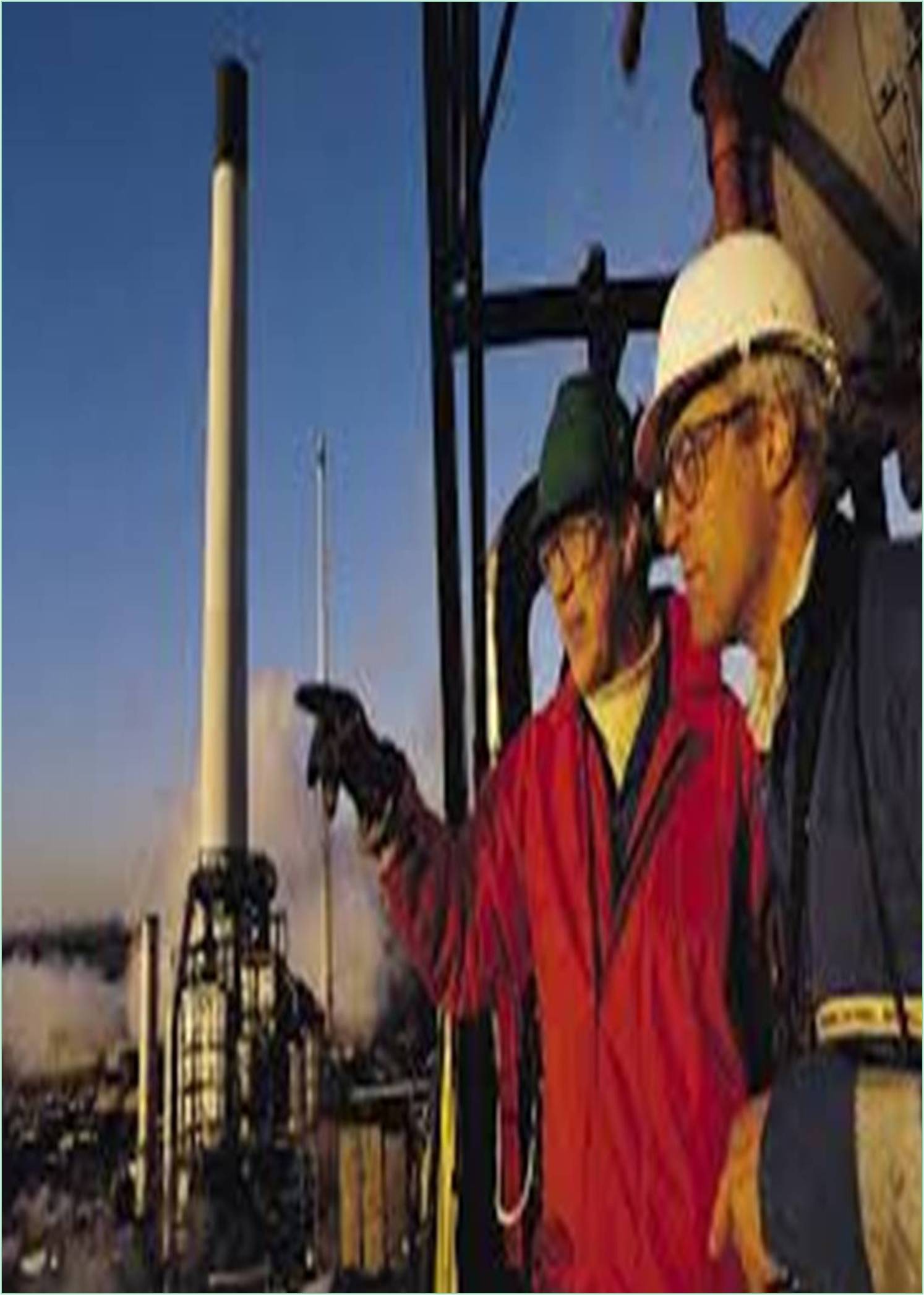



Received: 10-Jun-2021 Published: 24-Jul-2021
Buildings have been reused throughout history. The current discourse of diverse trends in preservation together with awareness for sustainable environments has led to a surge in adaptive reuse projects. The combination of new and old architecture ensures the retaining of authentic character while providing an appropriate new use and revitalizing the structure. Learning from precedents is one of the most important knowledge bases for architects
Adaptive reuse is a special form of refurbishment that poses quite difficult challenges for designers. Changing the functional classification of a building introduces new regulatory conditions and may require rezoning approval. Nevertheless, there are clear economic, environmental and social benefits that can make this option attractive to developers. Adaptive reuse has been successfully applied on many types of facilities around the world. It is seen as being fundamental to sound government policy and sustainable development in the US, Canada, Hong Kong, North Africa, and Australia .
Although buildings have been reused throughout history, new architectural interventions are seen as a creative way to breathe new life into an existing historic context, while reinventing an economic and social value. Combining new and old architecture ensures the retaining of authentic character while providing an appropriate new use. Such new use eventually adds to the building’s historic fabric and to the built fabric as a whole . The provocative “Cronocaos” exhibition by Rem Koolhaas in New York emphasized the problematic agenda of building preservation. Has preservation become a dangerous epidemic? Is it destroying our cities? Koolhaas draws on ideas that have been circulating in architectural circles for several years now; specifically the argument presented by many academics that preservation movements worldwide, working hand in hand with governments and developers, have become a force for gentrification and social displacement, driving out the poor to make room for wealthy homeowners and tourists.
This, Koolhaas argues, will bring about “a new form of historical amnesia, one that, perversely, only further alienates us from the past”. It is estimated that some 70% of structures existing today will still be in existence 50 years from now, and so refurbishment and updating for current and future needs must become central in our current practices. Thus, the correct way to deal with historical structures may well be the adaptive reuse strategy.
When designing a new building, the architect, either consciously or not, uses an architectural strategy that will inform the order of the building. Brooker and Stone argue that when a building is reused, the most important and meaningful factor in the design is the original building and the relationship between the old and the new. Langston et al. propose a model that assists in transforming the property stakeholders' traditional decision-making processes to more sustainable practices, strategies, and outcomes by providing a means by which industry can identify and rank existing buildings that have high potential for adaptive reuse. The model explores the relationship between financial, environmental, and social parameters associated with the adaptive reuse of buildings. This point of view is critical for the decision-makers' level. In this paper we focus on the design strategies and knowledge based design and on the role of precedent study and analysis in adaptive reused architecture. The objective of this work is to propose a theoretical and practical background for a systematic process to support adaptive reuse architecture precedent E-learning. For this purpose, several case studies were analyzed using a structured analysis process.
A progressive digital library that enables an automated precedent search for adaptive reuse architecture is the natural learning and working environment for this system. We hope to develop such a database as an open ended tool so that architects can add their projects to it and student conducting analyses can add the knowledge they collect. An open system would enable new uploads from future users and contributors. Such an educated precedent search may contribute to the adaptive reuse practice. Another possible future direction is the development of a smart algorithm that supports a controlled design process for adaptive reuse projects by accompanying and reinforcing the free creative process.